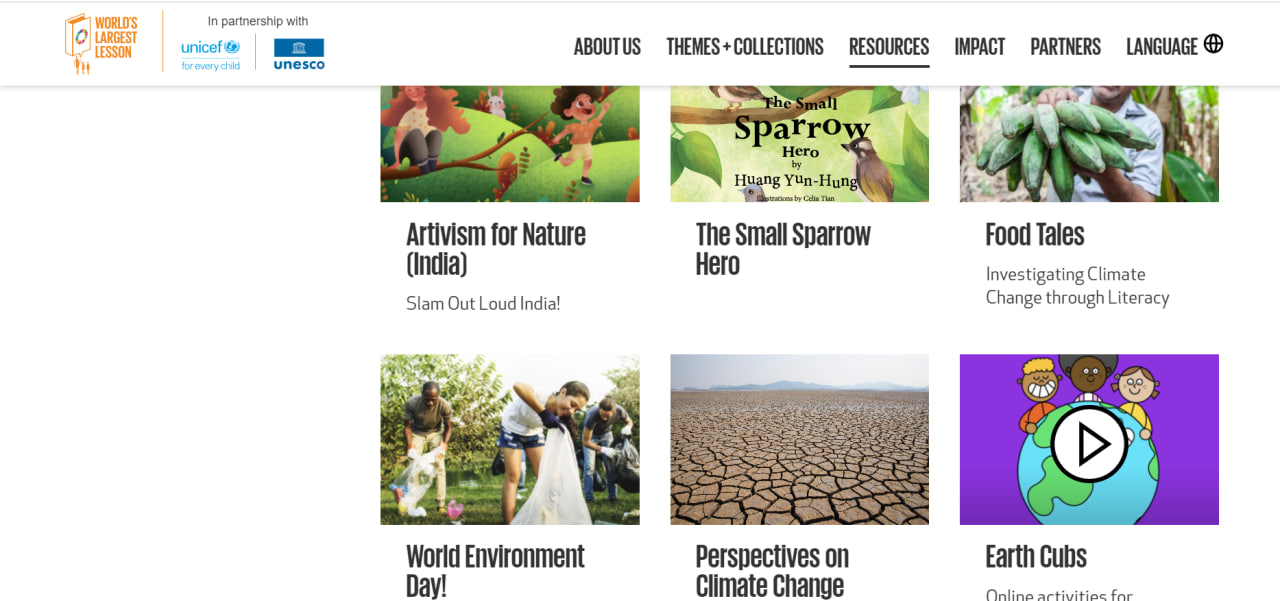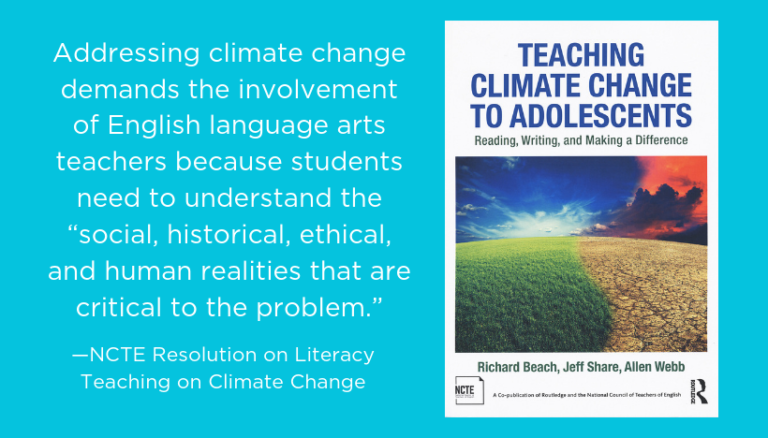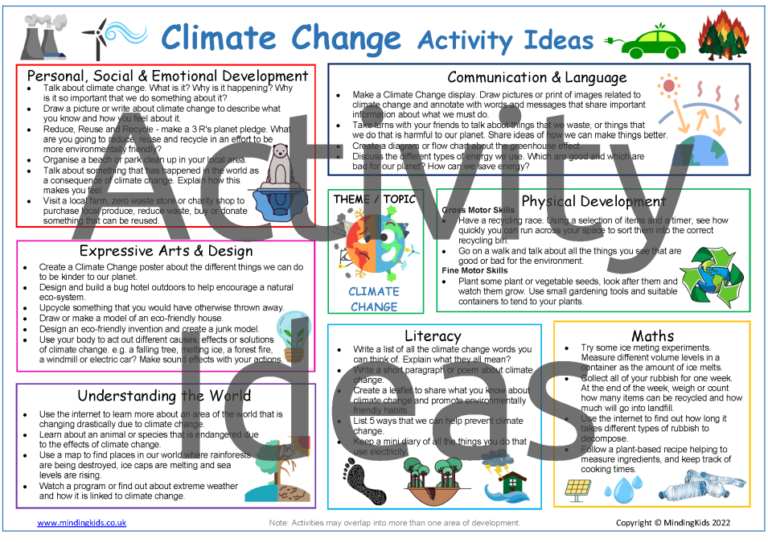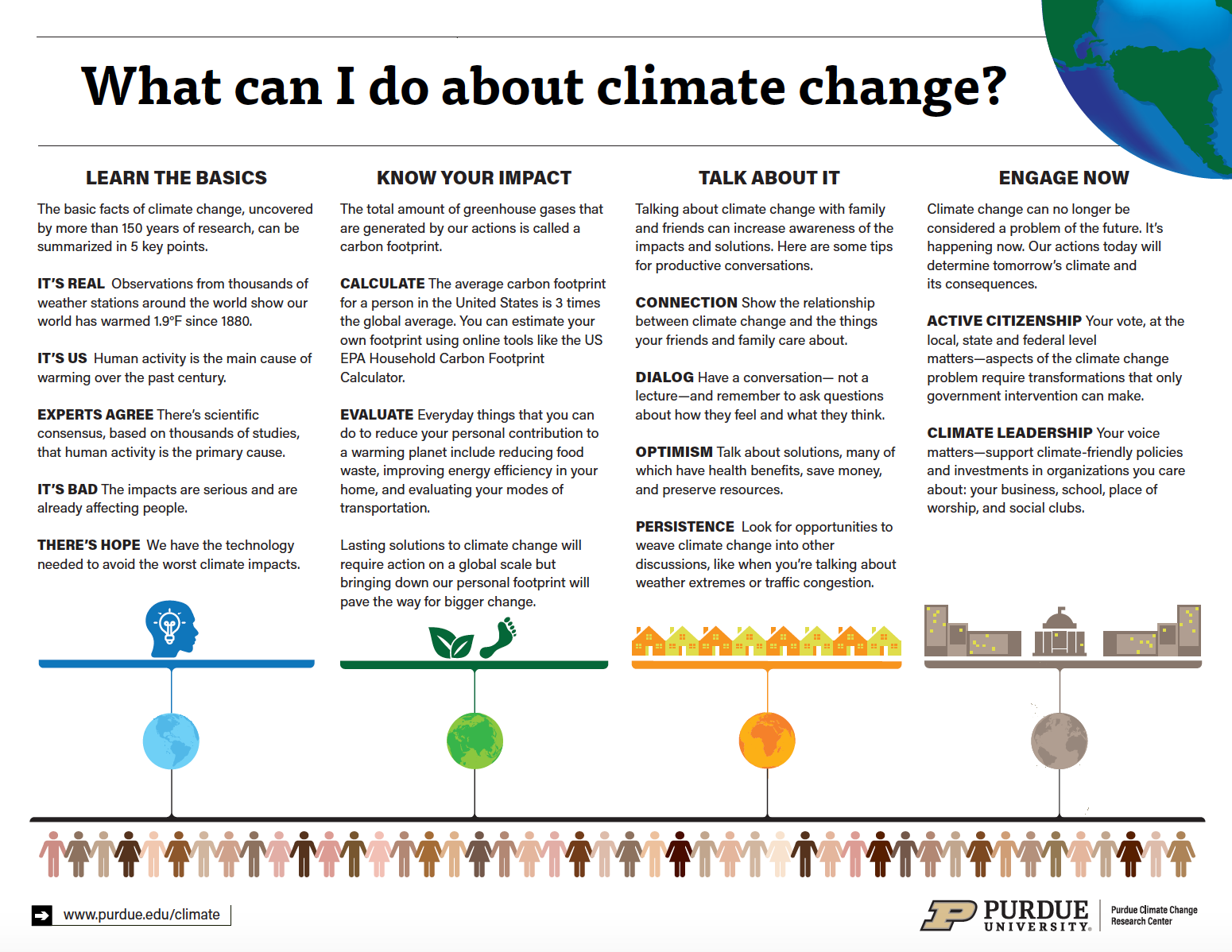According to the latest UNESCO report https://unesdoc.unesco.org/ark:/48223/pf0000383615
70% of the youth surveyed cannot explain Climate Change, or can only explain its broad principles, or do not know anything about it.
Do you talk to your students about Climate Change? How can school become a place where people get prepared for Climate Change?
Let’s try to collect climate change education practices here.
How do you teach about Climate Change?
What resourses do you use to teach about Climate Change?
Please share your ideas on the topic in the replies below







 Nice topic
Nice topic